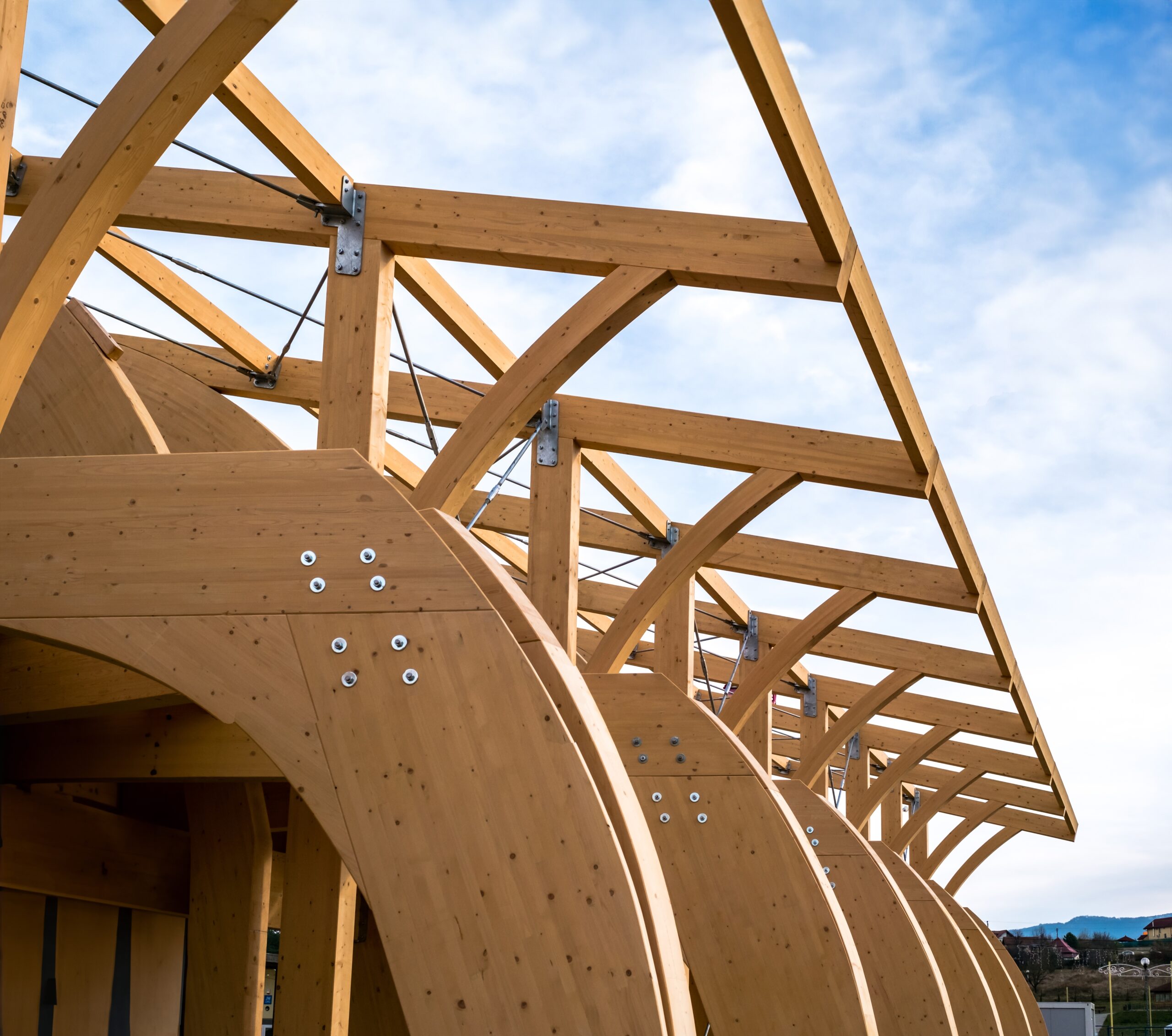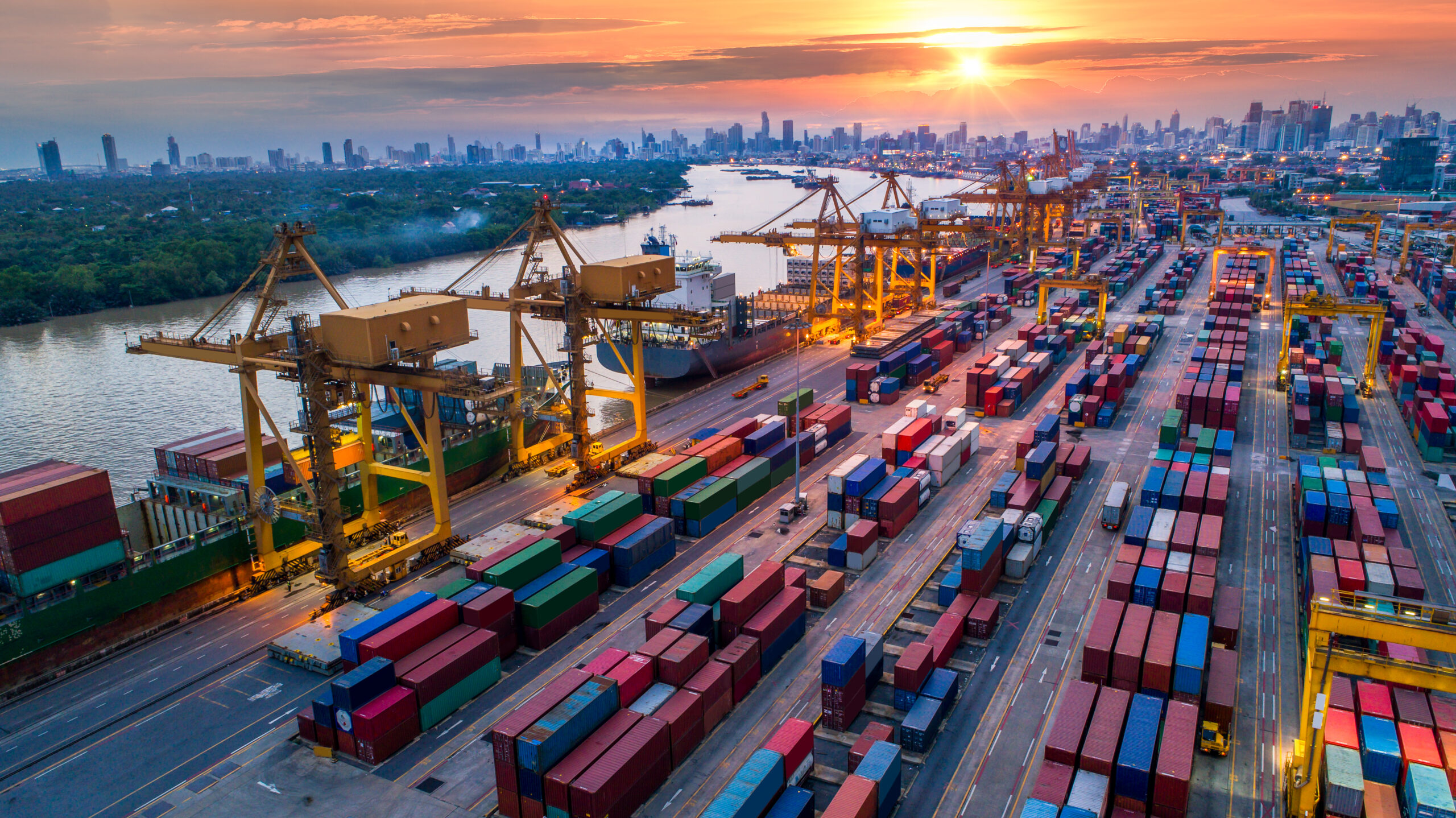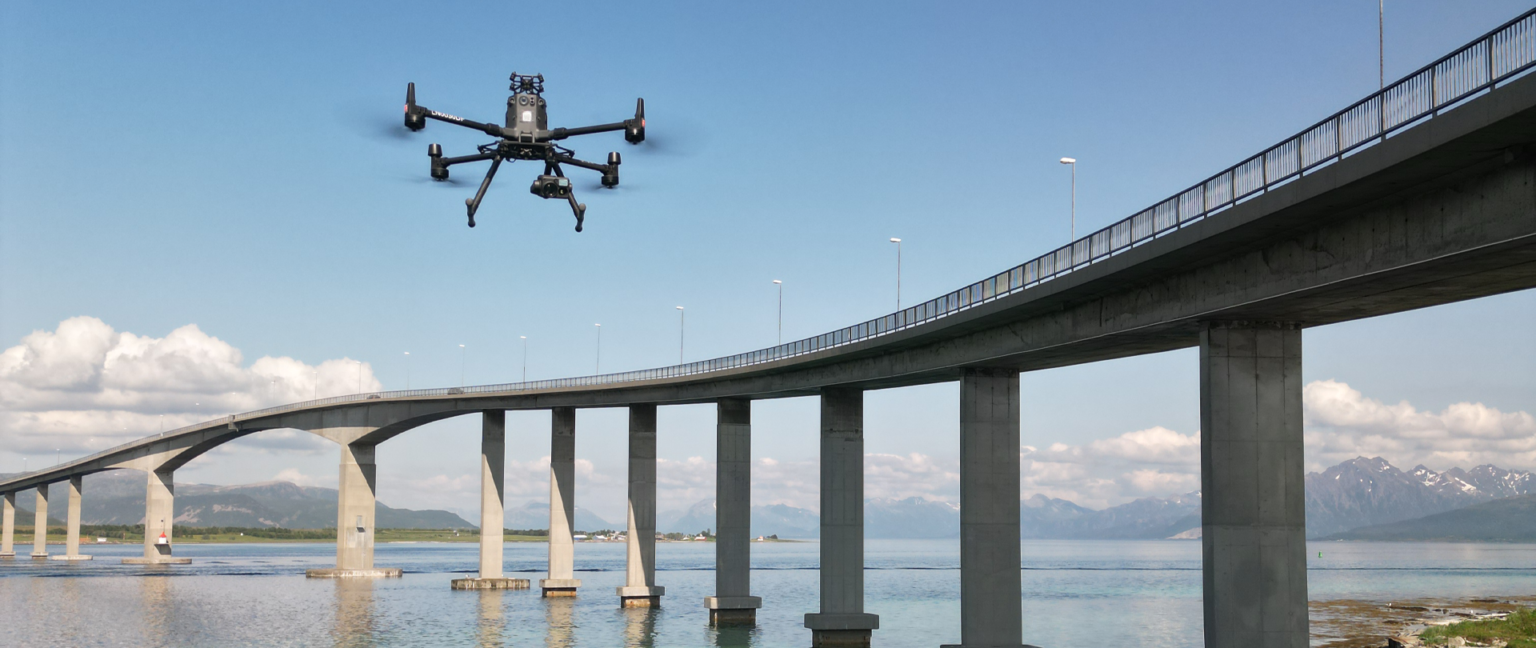Rail Sector Not Derailed by the Pandemic
BG&E’s Rail Lead, Ben Keith shares his views on the vast opportunities to provide rail infrastructure and alignment design services. Our capabilities include mainline alignment, bridges, stations, terminals, yards, provisioning facilities, loading/unloading facilities and maintenance facilities.
In Australia, rail was neglected for several decades, at a time when the rest of the world was investing heavily. Fast forward to today, and Federal and State governments understand the benefits and are accelerating commuter rail projects in major cities.
Increasing Freight Demand and Rail Expansion
With projected growth in freight demand, governments have also recognized the need to significantly increase the proportion of freight carried by rail. Already a focus of government infrastructure spending, rail-based projects will feature in efforts to kick-start stalled economies. Rail is also an energy-efficient mass transport and thus a powerful weapon in the struggle to reduce emissions and mitigate climate change.
Major Projects in Key Cities
Pre-Coronavirus, Australian governments had embarked on ambitious projects to improve rail infrastructure to cater for population growth. Deep below Sydney and Melbourne’s Central Business Districts (CBDs), massive SMART tunnel boring machines were creating tunnels for the cities’ Metro projects – both costing around $11 billion.
Similarly, in Brisbane, the Cross River Rail is a critical multi-billion dollar public transport project that will connect communities, improve urban development and generate jobs. In the west, Perth’s METRONET is also expanding and is a key part of the city’s future, with level crossing removals, approximately 72 kilometers of new passenger rail planned and up to 18 new stations.
Global Trends in Rail Investment
This trend in planning, investment, and delivery of rail projects – both passenger and freight – is also being replicated in New Zealand, Southeast Asia, and the United Kingdom (UK).
BG&E’s Role in Rail Infrastructure
Ben Keith, Rail Lead at BG&E says, “We are well-positioned to leverage rail opportunities and will draw on our solid track record. BG&E provides rail infrastructure and alignment design services. Our capabilities include mainline alignment (passenger and freight), bridges, stations, terminals, yards, provisioning facilities, loading/unloading facilities, and maintenance facilities. With our trusted partners, we can offer a full turnkey solution for all rail infrastructure projects.
“It’s an exciting time to be in the rail business. To help meet the increasing demand from clients, we have a number of senior staff across Australia, with world-class expertise, and we are taking the gains won and lessons learnt – from one project to the next.”
Notable Projects and Future Plans
BG&E has contributed to the following projects, including the Roe Street Railway Tunnel and METRONET in Western Australia, Cross River Rail and Moranbah North Mine Rail Diversion Feasibility Study in Queensland, Avon River Bridge Replacement in Victoria, and the Jurong Region Line J1053A eAC Package 2 in Singapore, and the infamous High-Speed Rail 2 (HS2) in the UK.
Our talented team is about to commence the tender design for the Beerburrum-to-Nambour (B2N) Rail Upgrade, which includes a duplication of the North Coast line between Beerburum and Landsborough stations (approximately 12 kilometers in length), as well as station upgrades, park ‘n’ ride facilities, and rail passing loops.
Ben adds, “Being one of two consultants to provide the tender design for the B2N project is exciting. It’s another project that will improve safety, reduce commuting time, and increase passenger and freight services to the Sunshine Coast.”
The Economic Impact of Freight Rail
Research shows the continued importance of freight to Australia’s economy. It was forecast to grow by up to 80 percent between 2010 and 2030 and is likely to sustain the same growth rate to 2050. Also noteworthy is the proportion of freight that moves through the rail-based supply chain as it is driving an increasing demand for intermodal terminals.
Ben says, “We work closely with clients such as Pacific National to deliver projects to meet the growing demands of moving freight and reducing congestion on our roads. In NSW, we contributed to the Parkes Intermodal and Main West Capacity Improvement Programme and more recently, to the St Marys Intermodal Freight Hub, that upon completion will reduce the distance travelled by trucks on congested public roads by more than five million kilometers per year.
“The freight sector contributes to more than eight percent of Australia’s Gross Domestic Product (GDP) and employs approximately 1.2 million people, so helping Pacific National, Qube, and other clients to deliver rail-based supply chain projects and intermodal terminals are the building blocks to helping our economy recover.”
Source: PricewaterhouseCoopers: Future of Intermodal Terminals – Department of Infrastructure Development and Regional Development.


